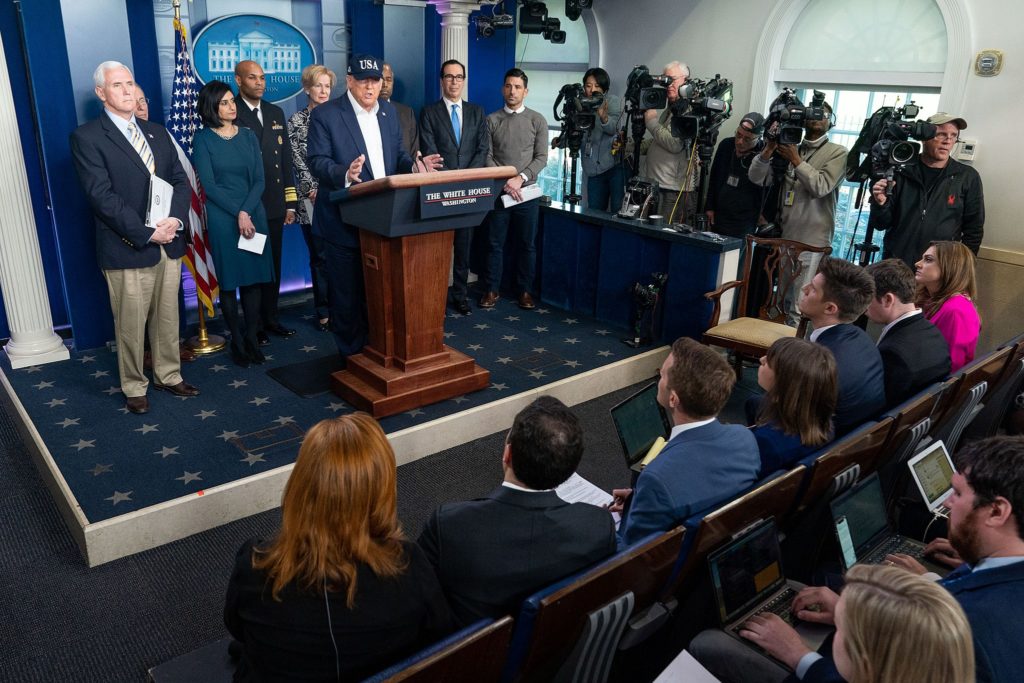Be Open And Kill Media Defensiveness
Many media spokespersons are guarded when speaking to reporters. Perhaps they’ve been burned before or watched as a colleague got grilled by an aggressive investigative journalist.
But little is more disarming to reporters than a spokesperson who conveys an eagerness to speak on-the-record. Reporters are much more likely to believe a person who wants to talk to them than a person who hides behind a wall of attorneys and evasive language.
Generally speaking, you should express openness and an earnest desire to help. That doesn’t mean you have to tell a reporter everything – but it does mean that you should respond to a reporter’s call quickly, answer questions as completely as possible, and make clear that you are open to follow-up questions. Your tone should be professional and unfailingly polite.
As an example, one of our clients is occasionally accused by local television consumer reporters of exploiting a vulnerable population (it doesn’t).
Until a couple of years ago, we provided reporters who called with a written statement on behalf of the group. But I quickly saw that the written statements did a lot of damage. Reporters would show a sympathetic-looking person from the vulnerable population, and would then contrast that with the group’s sterile written statement. It never looked good.
So I decided to use a different approach. When reporters call now, I tell them we’d love to comment, but only if it’s on-camera. I even offer to shoot the video of the interview for the cash-strapped stations and send them the tape. Most stations take me up on that – they call the client on speaker phone, the client does the interview, and we send them the tape.
Before we started doing that, 100 percent of the stories were negative. Today, the mix is much closer to 75 percent neutral, 25 percent negative. It’s not perfect, but it’s a huge improvement.
Consumer reporters are used to spokespersons who “duck and cover,” not spokespersons who invite additional communication. Doing so is disarming, and our open approach with reporters is leading them to conclude there’s more to the story than they originally thought – and they air a more balanced story as a result.
Related: Seven Rules to Remember When a Crisis Strikes
Related: The Right Way to Do a Crisis Press Conference




This isn’t a comment directed specifically at this blog post, but more towards the overall content provided by your web site. I think the information and experience you share is valuable and relevant. I follow a number of blogs, but yours is one of my favorites and I read just about all your posts. I look forward to what you’ll write next. You do a great job of putting into words what I’ve experienced the last 10 years in public relations. Cheers!
Dustin
Washington State Department of Transportation communications team
Dustin,
I really appreciate you taking the time to leave this comment – thank you! Please continue to visit…and comment. And if you have any story ideas, I’d love to hear them – I’m always on the hunt for good suggestions.
Thanks again!
Brad
Hi Brad,
Great example of a smart approach that addresses specific needs; and philosophically I’m aligned with providing plenty of access and avoid the guilt-by-evasion effect.
In the spirit of customizing to the specific need, it is still necessary to take it on a case-by-case basis. If the client is more likely to be collateral damage rather than the direct focus of the negative coverage, as in a class-action or multi-party lawsuit, then being readily accessible tends to make that party the focus of the story. The goal here is to avoid becoming the poster child for the perceived wrong.
But in general I agree that we want people ready to intelligently present their position, diffuse anxiety, and be seen to be accountable.
And I agree with the above post. You provide lots of great content.
Geoff
@ketchumcanadapr
Hi Geoff,
That is a very fair point, and and I agree completely with your analysis. There are definitely good reasons to turn down an interview, and the collateral damage circumstance you describe is a perfect example.
Thank you for visiting the blog and for leaving such a smart comment!
Brad